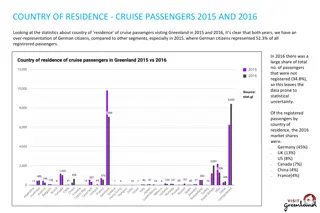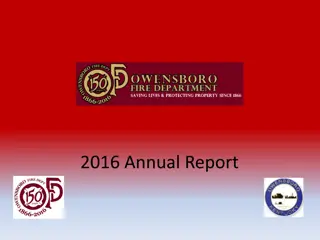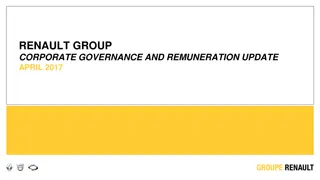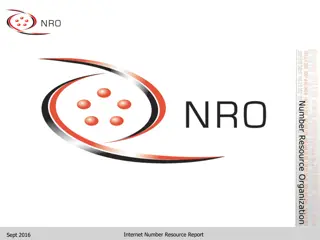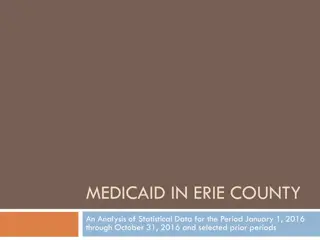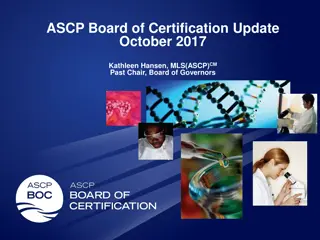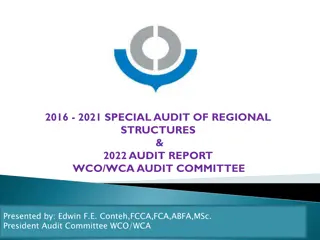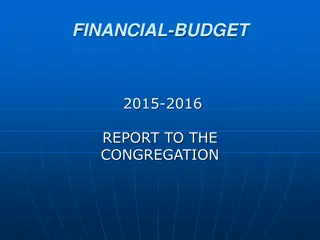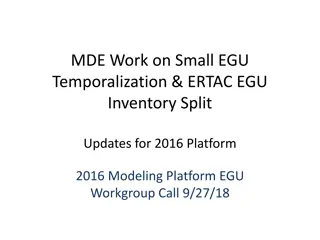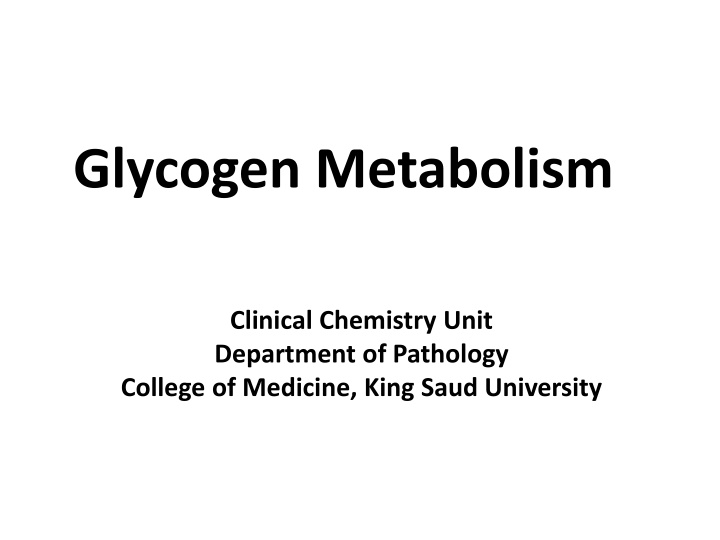
Glycogen Metabolism
Explore the fundamentals of glycogen metabolism, including the importance of carbohydrate storage, glycogen synthesis and breakdown processes, key regulatory elements, location and functions of glycogen in the body, as well as the structure of glycogen. Gain insights into glycogenesis and glycogenolysis in skeletal muscle, and delve into the intricacies of UDP-glucose, initiation, elongation, and branching in the synthesis of glycogen.
Download Presentation

Please find below an Image/Link to download the presentation.
The content on the website is provided AS IS for your information and personal use only. It may not be sold, licensed, or shared on other websites without obtaining consent from the author. If you encounter any issues during the download, it is possible that the publisher has removed the file from their server.
You are allowed to download the files provided on this website for personal or commercial use, subject to the condition that they are used lawfully. All files are the property of their respective owners.
The content on the website is provided AS IS for your information and personal use only. It may not be sold, licensed, or shared on other websites without obtaining consent from the author.
E N D
Presentation Transcript
Glycogen Metabolism Clinical Chemistry Unit Department of Pathology College of Medicine, King Saud University
Objectives: By the end of this lecture, students should be familiar with: 1. The need to store carbohydrates in muscle 2. The reason for carbohydrates to be stored as glycogen 3. An overview of glycogen synthesis (Glycogenesis) 4. An overview of glycogen breakdown (Glycogenolysis) 5. Key elements in regulation of both Glycogenesis and Glycogenolysis
Location & Functions of Glycogen Location of glycogen in the body Location of glycogen in the body skeletal muscle & liver 400 g in muscles (1-2% of resting muscles weight) 100 g in liver (~ 10% of well-fed liver) Functions of glycogen: Functions of glycogen: Function of muscle glycogen: fuel reserve (ATP) (during muscular exercise) Function of liver glycogen: a source for blood glucose (especially during early stages of fasting)
Structure of Glycogen Glycogen is a branched-chain homopolysaccharide made exclusively from - D-glucose Glucose residues are bound by (1 - 4) glucosidic linkage Branches (every 8-10 residue) are linked by (1-6) glucosidic linkage Glycogen is present in the cytoplasm in the form of granules which contain most of the enzymes necessary for glycogen synthesis & degradation
Metabolism of Glycogen in Skeletal Muscle Glycogenesis: Synthesis of Glycogen from Glucose Glycogenolysis: Breakdown of Glycogen to Glucose-6- phosphate
GLYCOGENESIS GLYCOGENESIS (Synthesis of Glycogen in Skeletal Muscles) 1- Building blocks: UDP-GLUCOSE 2- Initiation of synthesis: Elongation of pre-existing glycogen fragment OR The use of glycogen primer (glycogenin) 3- ELONGATION: Glycogen synthase (for 1-4 linkages) Glycogen synthase cannot initiate synthesis but only elongates pre-existing glycogen fragment or glycogen primer (glycogenin) 4- BRANCHING: Branching enzyme (for 1-6 linkages)
Glycogenolysis (Breakdown of glycogen in skeletal muscles) 1- Shortening Shortening of glycogen Cleaving of (1-4) bonds of the glycogen chain producing glucose 1-phosphate Glucose 1-phosphate is converted to glucose 6-phosphate (by mutase enzyme) of glycogen chain chain: by glycogen phosphorylase 2- Removal of branches Removal of branches : by debranching enzymes Cleaving of (1-6) bonds of the glycogen chain producing free glucose (few) 3 3- - Fate of glucose 6 Fate of glucose 6- -phosphate (G phosphate (G- -6 6- -P): P): - G-6-P is not converted to free glucose - It is used as a source of energy for skeletal muscles during muscular exercise (by anaerobic glycolysis starting from G-6-P step)
Glycogenolysis (Pyridoxal phosphate)
Regulation of Glycogen Metabolism Synthesis & degradation of glycogen are tightly regulated In Skeletal Muscles: Glycogen degradation occurs during active exercise Glycogen synthesis begins when the muscle is at rest Regulation occurs by 2 mechanisms: 1- Allosteric regulation 2- Hormonal regulation (Covalent modification)
Regulation ofGlycogen Metabolism 1. Allosteric Regulation
Regulation ofGlycogen Metabolism Increase of calcium during muscle contraction Formation of Ca2+ -calmodulin complex Activation of Ca2+ -dependent enzymes, e.g., glycogen phosphorylase
Regulation of Glycogen Metabolism: 2. Hormonal Regulation by Epinephrine Muscle contraction Epinephrine release Skeletal muscle: Epinephrine/receptor binding Second messenger: cAMP Response: Enzyme phosphorylation P P Glycogen synthase (Inactive form) Glycogen phosphorylase (Active form) Inhibition of glycogenesis Stimulation of glycogenolysis
Glycogen Storage Diseases (GSD) A group of genetic diseases that result from a defect in an enzyme required for glycogen synthesis or degradation They result in: Formation of abnormal glycogen structure OR Excessive accumulation of normal glycogen in a specific tissue
Glycogen Storage Diseases GSD Type V (Mc Ardle Syndrome) Deficiency of skeletal muscle glycogen phosphorylase
Glycogen Storage Diseases GSD Type II (POMPE DISEASE) Deficiency of Lysosomal (1-4) glucosidase.
Reference Lippincott s Illustrated Reviews Biochemistry: Unit II, Chapter 11, Pages 125 - 136.

